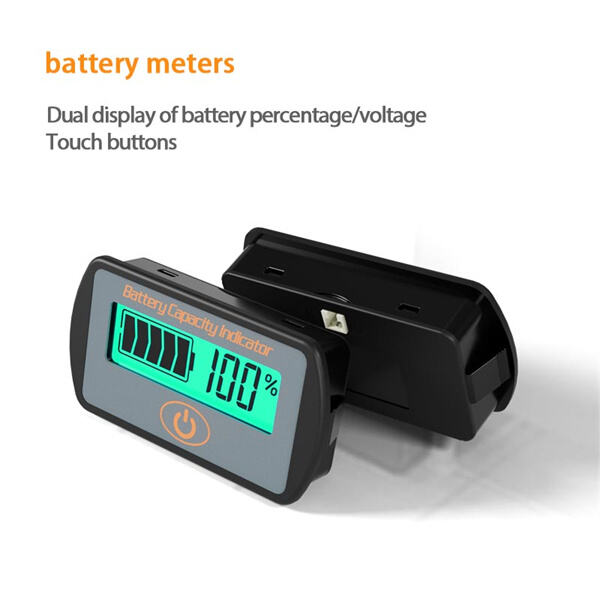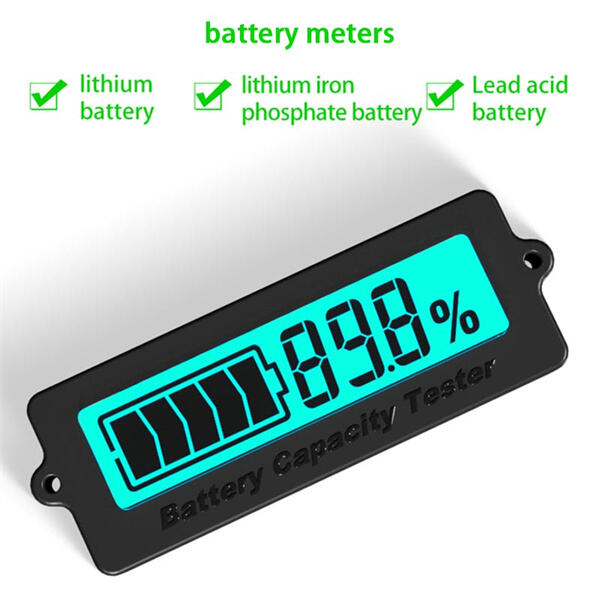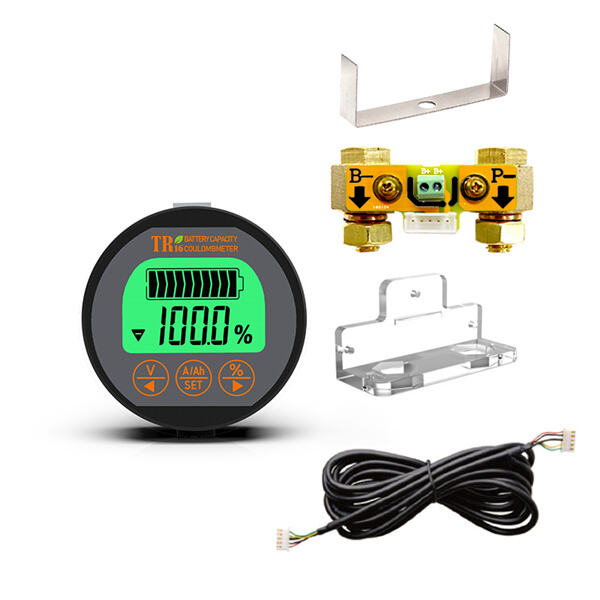So knowing how to read the battery meter on your device is a good way to ensure your favorite gizmos stay charged and ready to go. A battery meter is like a tiny gauge that lets you know how much power your device’s battery has left. And you’ll want to consult that battery meter to know when to plug in and let it recharge.
Here are some things to keep in mind to make your battery last longer: Keep an eye on the percentage of your battery life that remains, and don’t let it drop too low before charging. To avoid damaging the battery, don’t overcharge the device. Unplug it as soon as the battery meter reads 100% in order to protect the battery.

You can make sense of the battery meter by looking at the percentage figure it is displaying. So if the battery meter says 100%, your device is charged. If it says 50%, half of your battery’s power has been used. Keep an eye on the battery gauge to better monitor your device's battery life.

You will want to monitor your battery meter frequently to ensure you don’t run out of power when you need it. Watching the battery meter, you can make sure your device is charged when you're ready to put it to use. That can help prevent your device from accidentally turning off and keep you plugged in all day.

A few misconceptions about battery meters include the notions that it’s good for the battery to fully discharge before you recharge it. In fact, it’s best to keep your battery topped off, and not let it dip below a full charge. Another myth is you should not keep your device plugged in all the time as it will harm the battery. Today’s devices have been designed to cease charging when they’re full, so leaving them plugged in is safe.